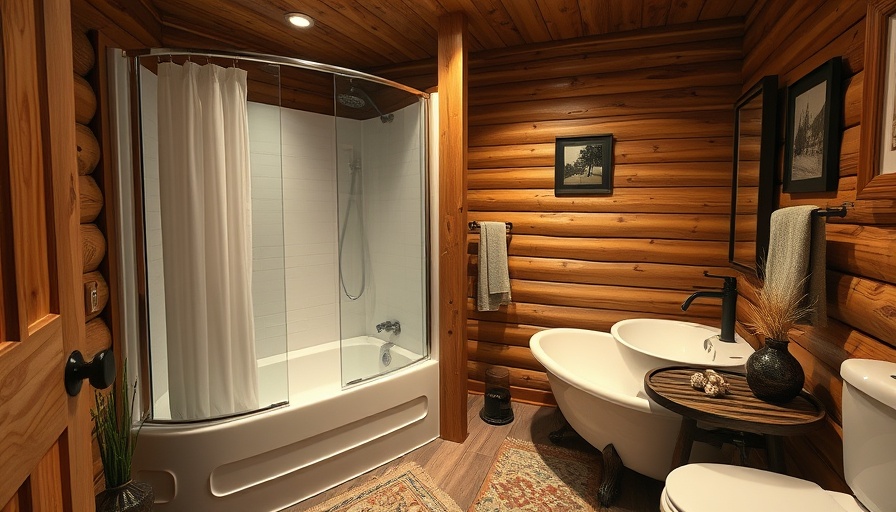
Designing Kids' Rooms: A Lesson in Growth
Creating a space for children is more than just aesthetics; it’s a delicate balance between functionality and reflecting their evolving identities. Every parent has faced the challenge of designing a kid's room that accommodates their child's tastes, but decisions made in childhood can ripple into the teenage years—often with unintended consequences. A recent personal account from designer Emily Henderson highlights this nuanced dilemma, showing how choices made under the bright, whimsical lens of childhood can lead to surprising discontent as kids grow.
The Trap of Tempting Themes
The excitement of choosing colors and patterns can lead to the common parental pitfall: letting children dictate their spaces without considering longevity. Henderson's tale illustrates how her daughter, initially thrilled with butterfly wallpaper, has grown to feel out of place in a room she deems too juvenile. This scenario underscores the importance of creating a design that can mature with a child, blending their whimsical desires with a timeless appeal.
Choosing Versatile Designs
Rather than opting for the latest character trends or trendy color palettes, parents should consider versatile designs that can evolve. Diverse elements like wall decals and interchangeable accessories offer creative solutions for gradually updating a room without a complete overhaul. Sticking to neutral base colors allows for easy adjustments as your child’s tastes inevitably shift.
How to Plan for Change
When embarking on your kid’s room, think long-term. This includes choosing materials that are not only durable but also made to adapt or be refreshed over time. Consider removable wallpaper, peelable paint, or easily washable surfaces that allow for artistic expression without losing the overall design. Such choices can empower children, encouraging them to take ownership of their spaces as they grow.
The Emotional Evolution of a Space
Design is not only about looks; it’s also about the feelings associated with the space. Rooms should reflect children’s personalities but also serve as a canvas where their future selves can thrive. If parents put effort into creating an adaptable environment, it can help foster confidence and a sense of responsibility in children.
Engaging Kids in the Process
Involving your child in the design process can be empowering. Encourage them to express their current likes and dislikes, but guide them towards making choices that encourage a timeless aesthetic. This is crucial in preventing dissatisfaction as they transition into adulthood. Making design decisions together can also reinforce teamwork and communication.
A Cautionary Perspective
Henderson's experience with her daughter serves as a reminder that design failures, while sometimes humorous in hindsight, offer valuable lessons. The joy of designing a child’s room should never outweigh the need for it to be a space that grows along with them—because all too often, parents discover too late that what once sparked joy can ultimately become a source of frustration.
Conclusion: Embrace the Journey Ahead
By considering design carefully and fostering a collaborative environment, parents can ensure that their children’s rooms remain not just functional, but also a joyous element of their growth. The journey of design—filled with missteps and victories alike—can lead to a celebratory experience. Let your child’s innate creativity shine through, in a way that will ultimately allow them to retain their individuality.
If you’re about to embark on redesigning a child’s room, embrace this opportunity! Share your designs and discoveries on social media, or engage in community workshops that focus on family-friendly home improvement strategies. The journey of home design is ever-evolving, just like your family!
 Add Row
Add Row  Add
Add 




Write A Comment